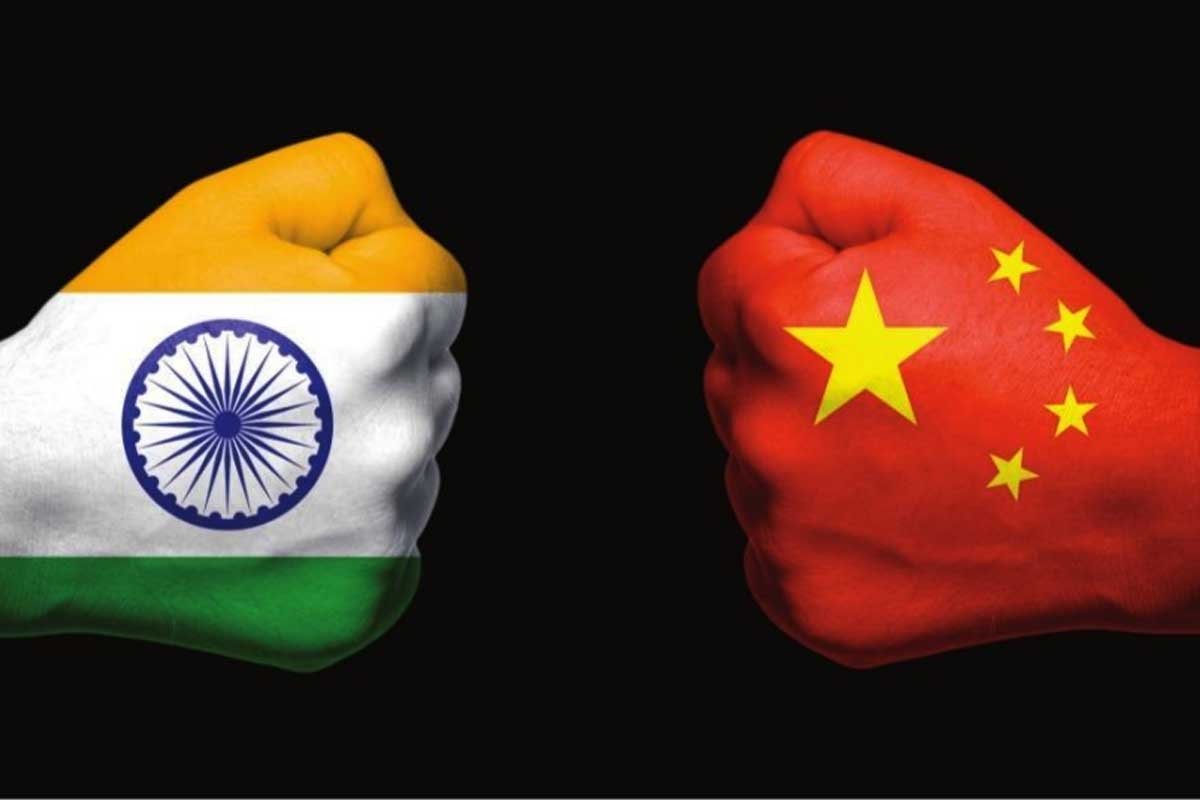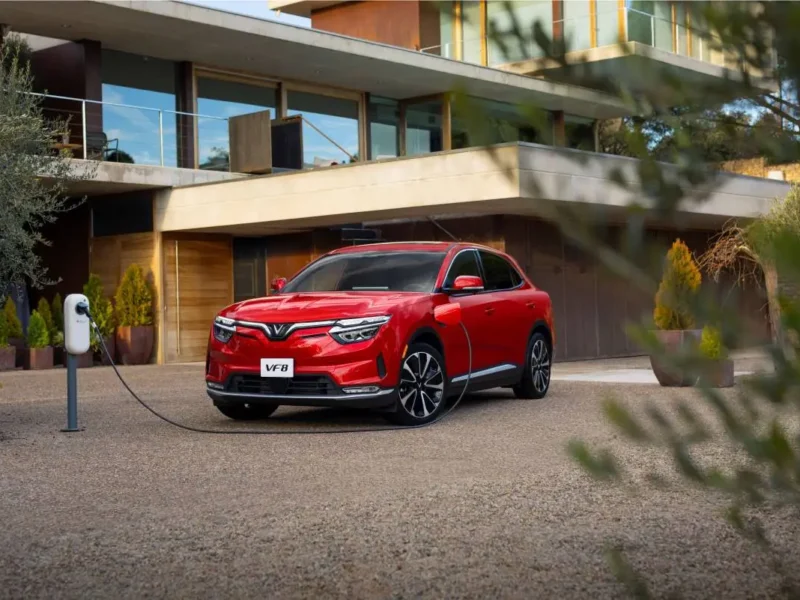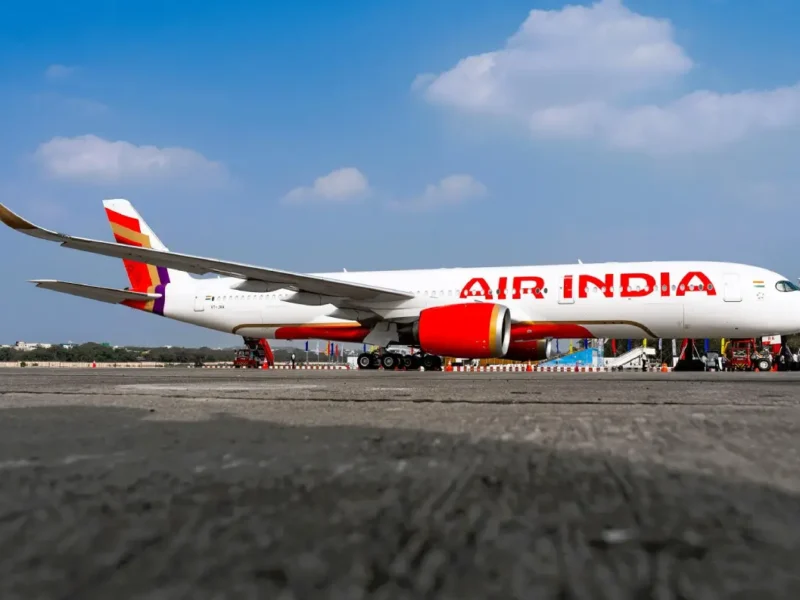
India Might Rival China As The World’s Factory Floor: Wall Street Journal
NEW DELHI (ANI) – Western companies are busy looking for a backup to China as the world’s factory floor, a strategy widely termed “China plus one.”
And India is making a concerted push to be the plus one.
Only India has a labor force and an internal market comparable in size to China’s, the Wall Street Journal reported. Western governments see democratic India as a natural partner, and the Indian government has pushed to make the business environment more friendly than in the past.
It scored a coup with the decision by Apple to significantly expand iPhone production in India, including expediting the manufacturing of its most advanced model. Signs that India is changing are visible in the sprawling industrial parks in Sriperumbudur, in Tamil Nadu, WSJ reported.
Foreign manufacturers there have long churned out cars and appliances for the Indian market. They’re now being joined by multinational corporations making goods from solar panels and wind turbines to toys and footwear, all looking for an alternative to China.
In 2021 Denmark’s Vestas, one of the world’s largest wind-turbine manufacturers, built two new factories in Sriperumbudur. Its six assembly lines now assemble hub cells, power trains, and other components, stacked high in a storage yard to be shipped across the world, WSJ reported.
Forecasts that India would soon become the second-largest market for turbines sparked Vestas’s expansion. But it was also a conscious effort to diversify away from China, which hosted the bulk of its regional production, especially after repeated lockdowns under Beijing’s zero-Covid policy, said Charles McCall, who oversaw the expansion as senior director of Vestas Assembly India.
“We don’t want all our eggs in one basket in China,” he said.
Some of Vestas’s suppliers have joined it. American contract manufacturer TPI Composites molds 260-foot-long turbine blades that regularly draw attention as they are shuttled along surrounding highways. It has expanded significantly in India even as it reduces operations in China. Eventually, 85 percent of Vestas’s suppliers will be in India, said McCall, who recently left the company.
China still towers over every other country in global manufacturing, a position it cemented when multinationals flooded in after it joined the World Trade Organization in 2001. But a growing list of factors has prompted companies to search for a backup. First, there were rising labor costs in China and pressure from the Chinese government to transfer technology to Chinese competitors.
Then there were President Donald Trump’s tariffs on Chinese imports in 2018, Covid lockdowns from 2020 through last year, and now a push by Western governments to decouple their economies from China.
Many countries are competing to be the “plus one,” with Vietnam, Mexico, Thailand, and Malaysia in particular contention. India must still overcome entrenched problems that have kept it a bit player in global supply chains. Its labor force remains mostly poor and unskilled, infrastructure is underdeveloped and the business climate, including regulations, can be burdensome.
Manufacturing remains small relative to the size of India’s economy. Nonetheless, after decades of disappointment, it is making progress. Its manufactured exports were barely a tenth of China’s in 2021, but they exceeded all other emerging markets except Mexico’s and Vietnam’s, according to World Bank data.
The biggest gains have been in electronics, where exports have tripled since 2018 to $23 billion in the year through March. India has gone from making 9 percent of the world’s smartphone handsets in 2016 to a projected 19 percent this year, according to Counterpoint Technology Market Research.
Since China declared a “no limits” friendship with Russia on the eve of the invasion of Ukraine last year, the US and its allies have stepped up efforts to reduce dependence on China. Through reducing dependence on China. Through “friend-shoring,” the US is “strengthening integration with our many trusted trading partners- including India,” Treasury Secretary Janet Yellen said on a visit there in February.
No company better embodies the bet in India as the next China than Apple. Over the past 15 years, the company built up a state-of-the-art supply chain almost entirely in China to make its laptops, iPhones, and accessories. Its presence helped the entire manufacturing sector in China.
The California-based company has assembled low-end iPhone models in India since 2017 and began making its newest, flagship iPhone 14 here within weeks of its launch last year. J.P. Morgan estimates a quarter of all Apple iPhones will be made in India by 2025.
Indian officials hope Apple’s presence will spur others to come. “Very often you have anchor companies who set the trend,” Commerce and industry minister Piyush Goyal said in an interview.
Meanwhile, geopolitical tensions have been growing between the US and China and between Beijing and Taiwan, where Foxconn Technology Group, Apple’s main manufacturer, is based. Foxconn is set to expand production of iPhones at its existing plant near Chennai. It aims to boost iPhone production to around 20 million units annually by 2024 and roughly triple the number of workers to as many as 100,000, according to people familiar with the matter, The Wall Street Journal has reported.
For all this progress, it isn’t clear if it’s enough to set India apart, the paper said. Jules Shih, a Chennai-based director of Taiwan’s trade promotion agency, TAITRA, said India has become an easier place to do business, but in many respects still lags other countries. “We feel they don’t have a united goal integrated across agencies to make Make in India happen faster,” he said.
Some companies have found the process to claim production-linked incentives to be burdensome. South Korean technology giant Samsung Electronics has been in discussions with authorities over the amount of the rebate.
Labor shortages are emerging in India’s manufacturing hubs, local officials and businesses say. That’s because, unlike in China, many workers are reluctant to relocate long distances in search of work. Trade unions are more potent in India than in China.
China encouraged foreign companies to locate supply chains in special economic zones with reduced tariffs on imported components and machinery. By contrast, “Make in India” sought to replace imports with domestically manufactured products by raising import tariffs.
Those tariffs discourage industries that import many components. “India is protectionist in precisely those sectors, goods manufacturing, where the China+1 opportunity arises,” Viral Acharya, an economist at New York University and former deputy governor of India’s central bank, wrote in a report for the Brookings Institution released in March.
In its annual review of India’s economy last December, the International Monetary Fund said its integration into global value chains has stalled.
Arvind Subramanian, who was Modi’s chief economic adviser from 2014 to 2018, said for every company such as Apple that has embraced India, several report bad experiences. Even Apple’s investment “wouldn’t have happened without the push from China,” he said.
Amazon.com closed some of its Indian ventures last fall.




